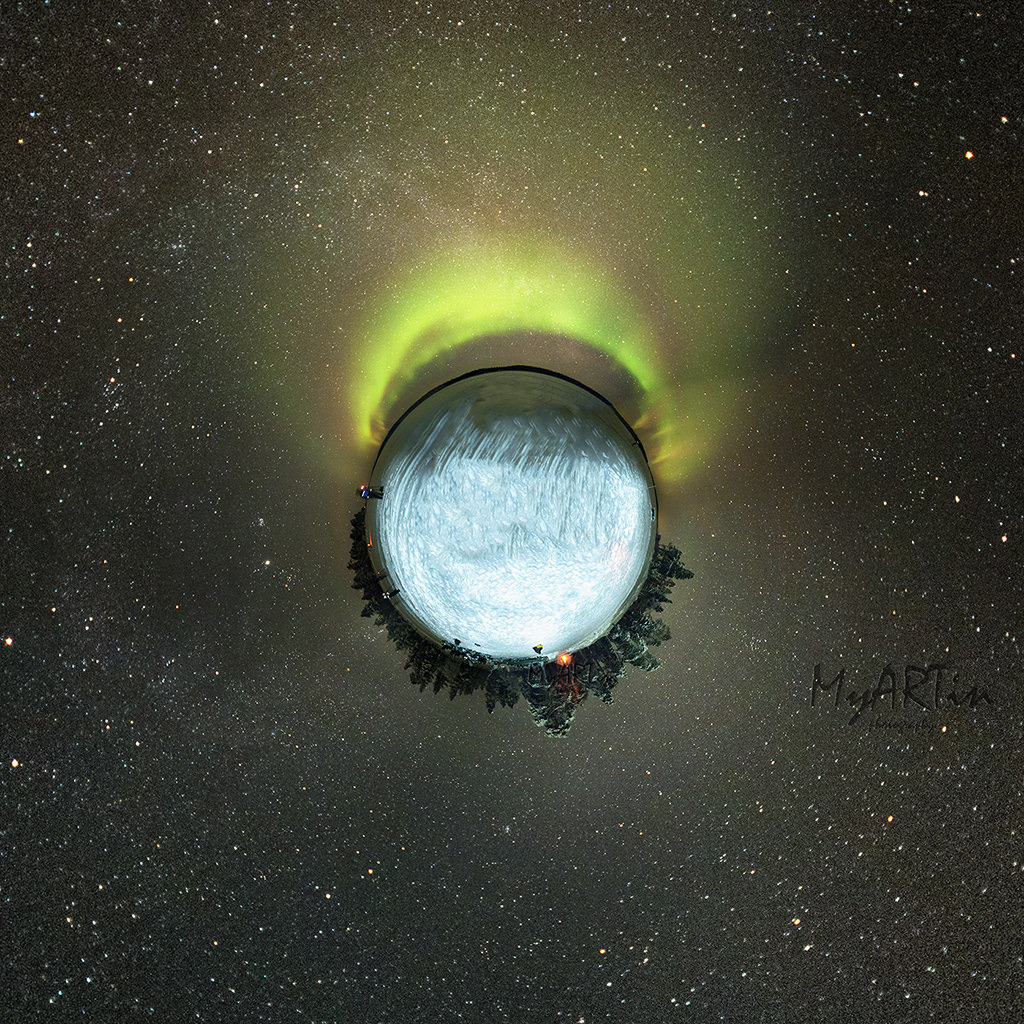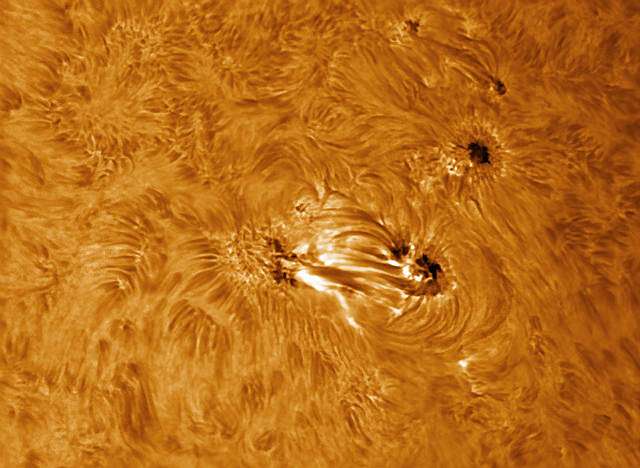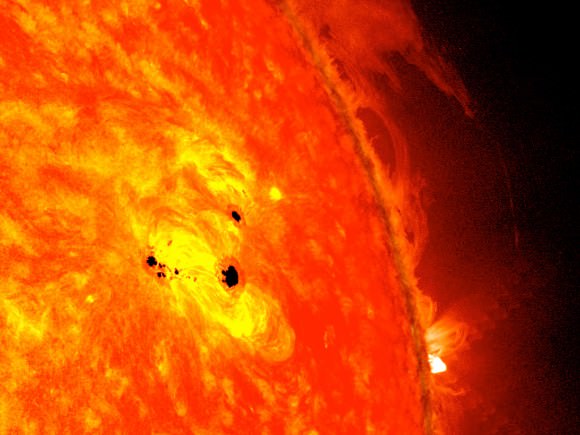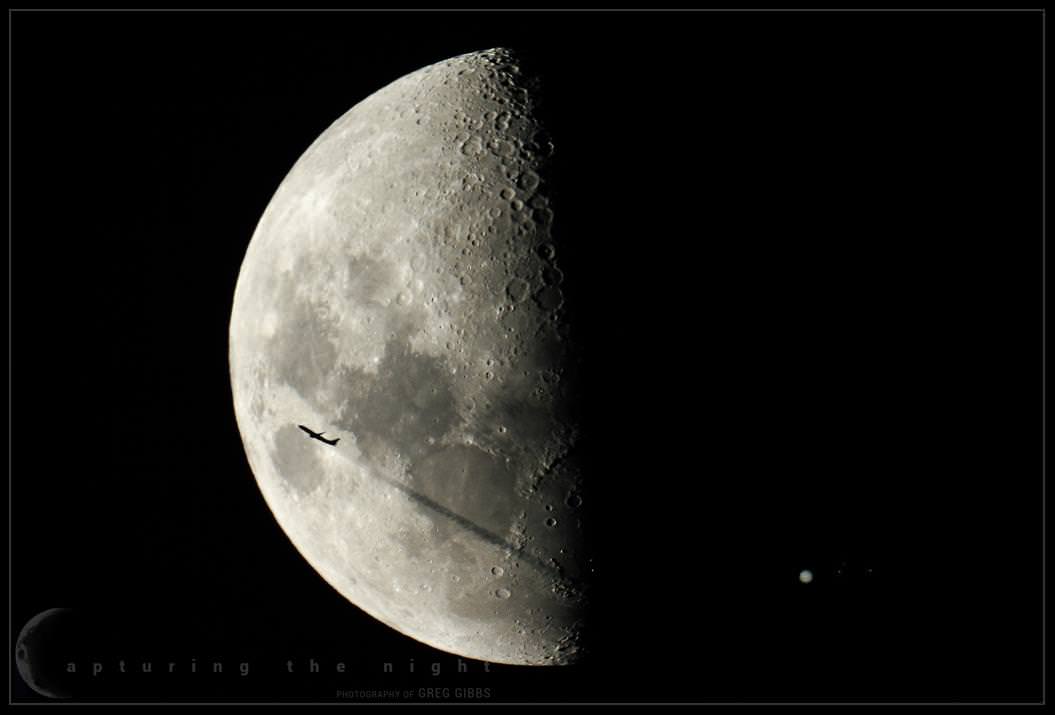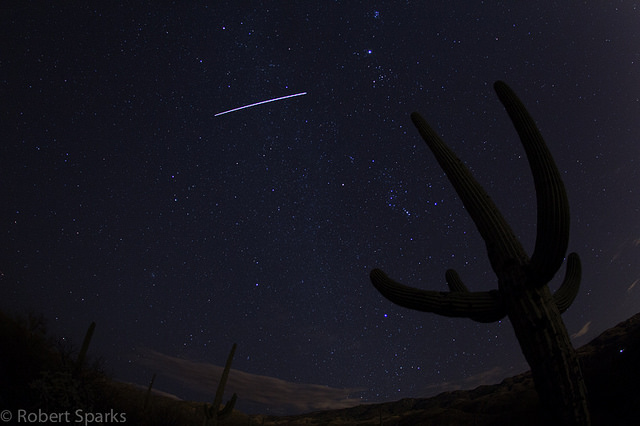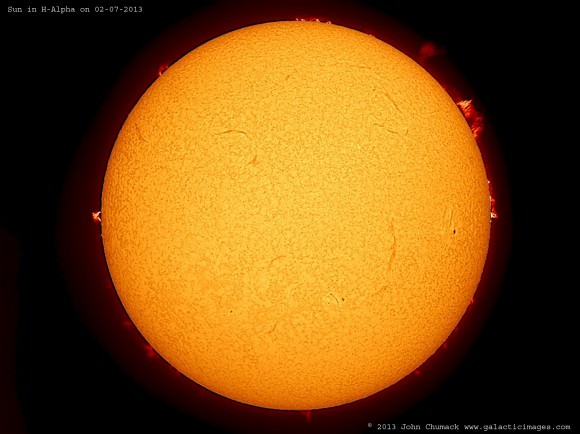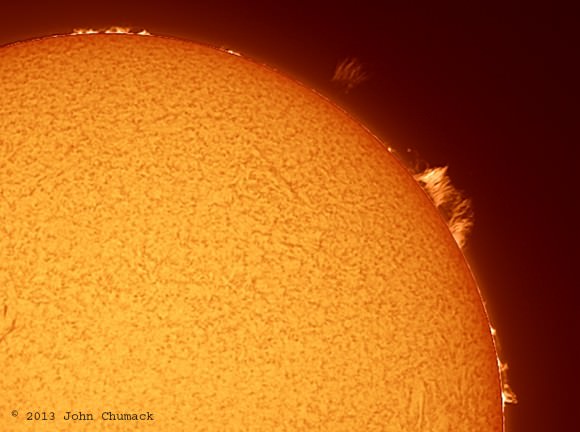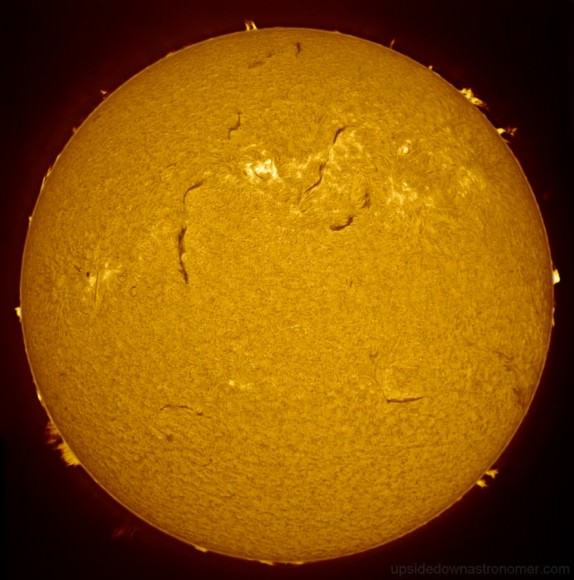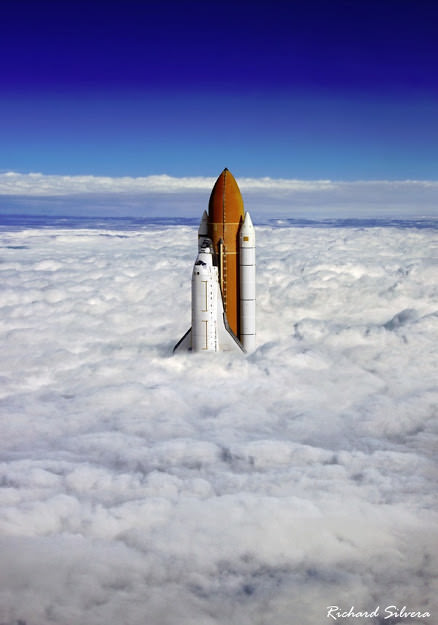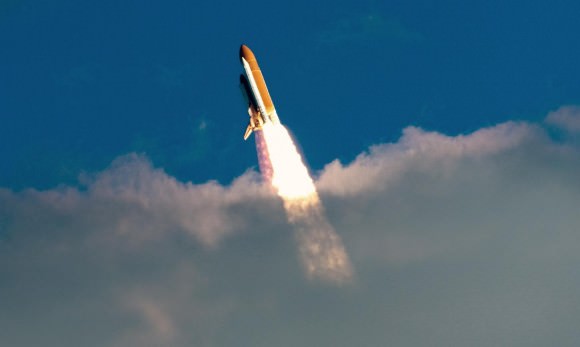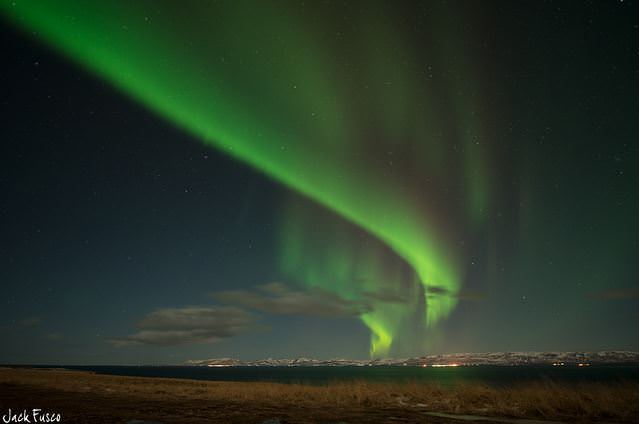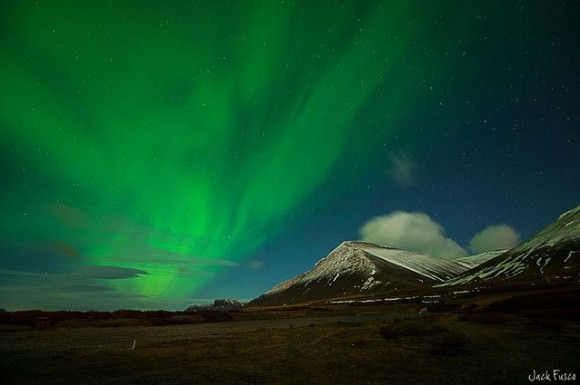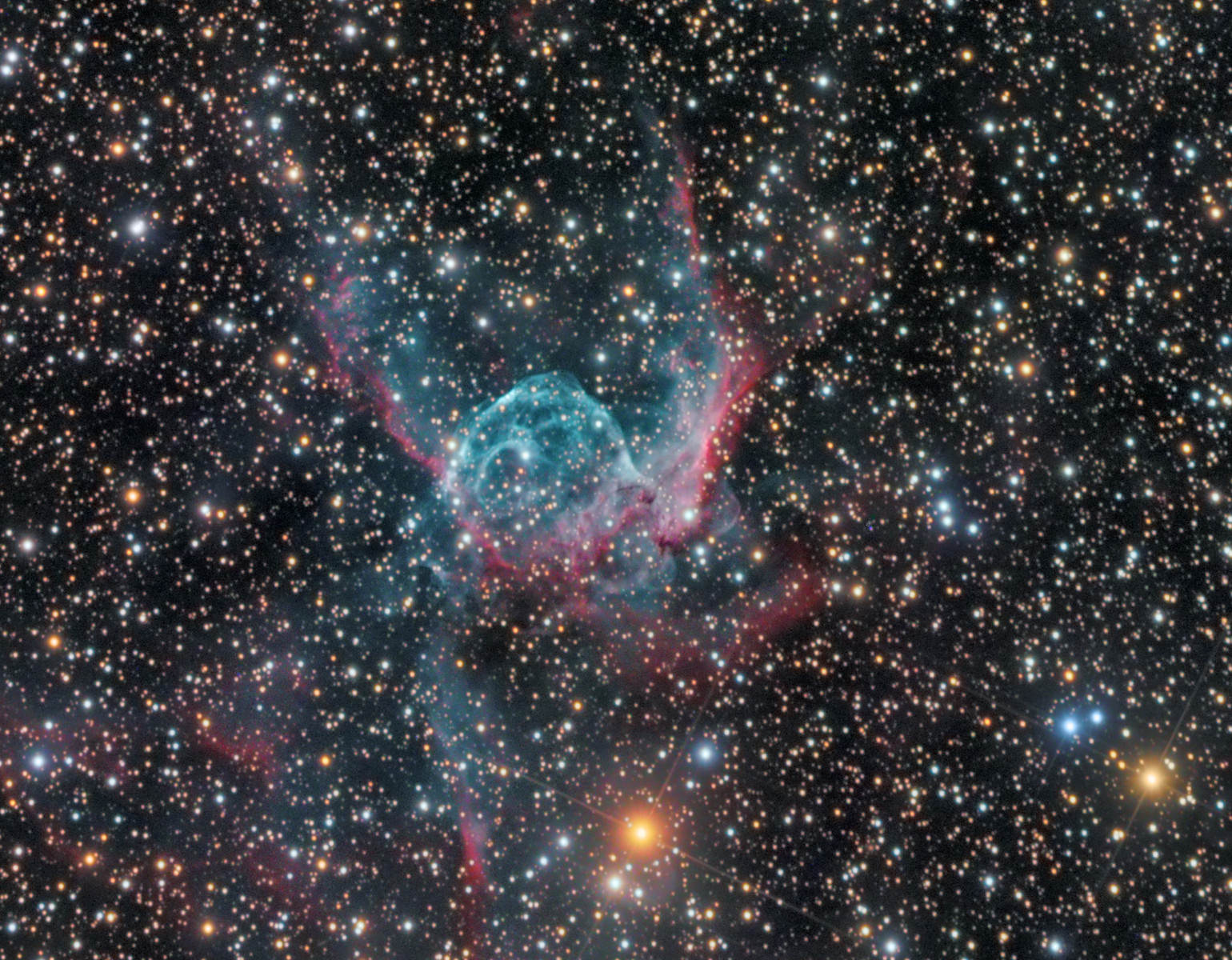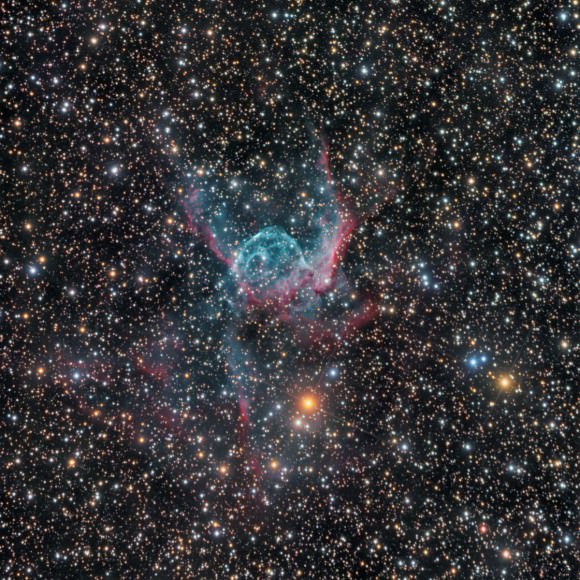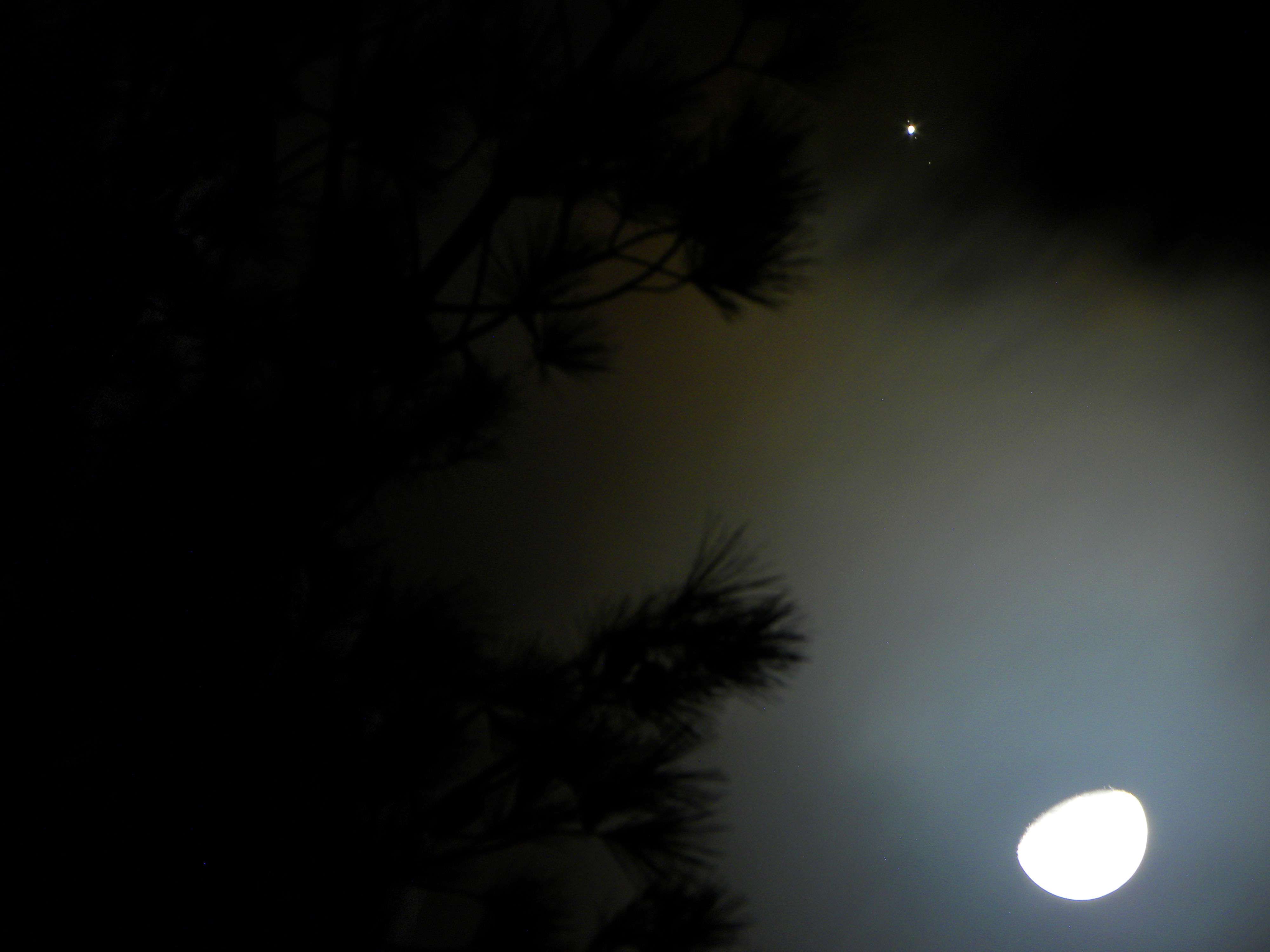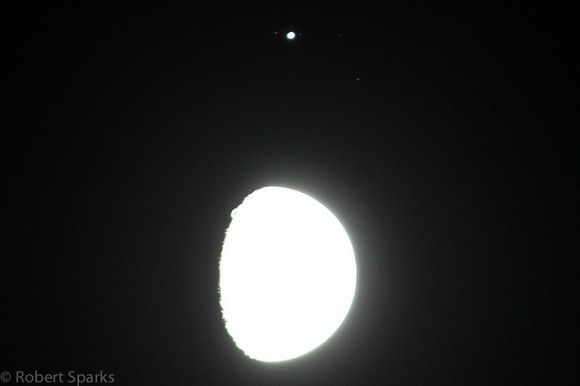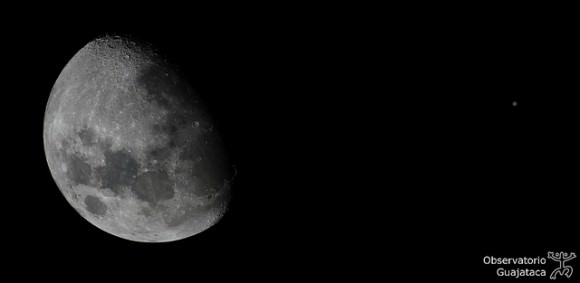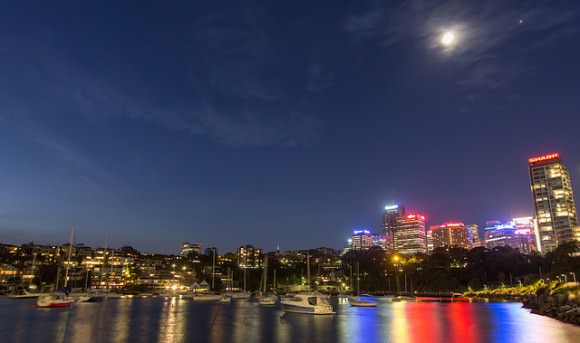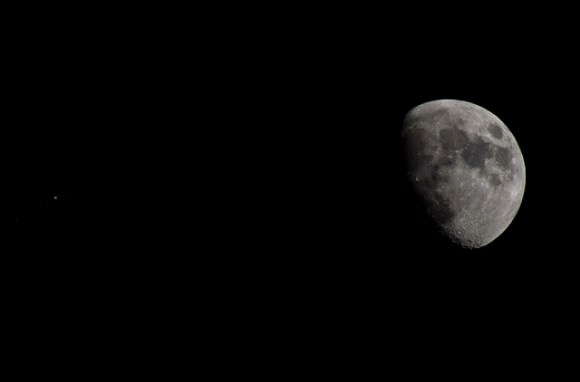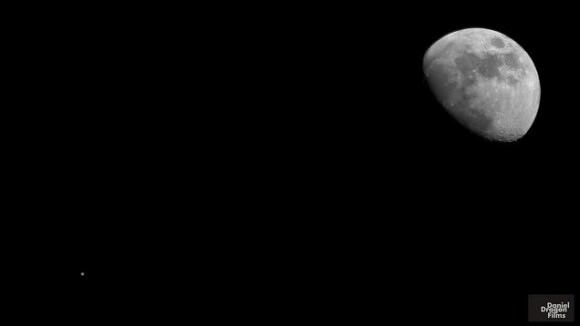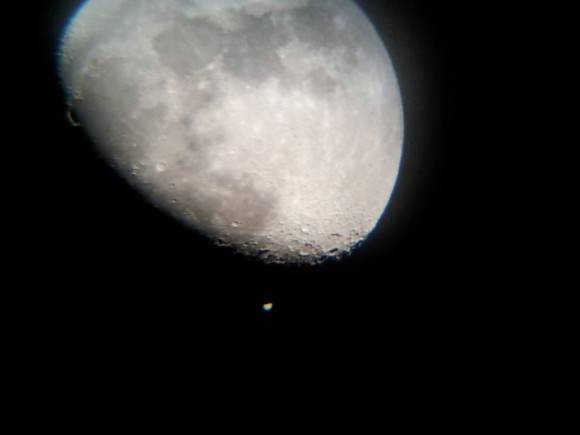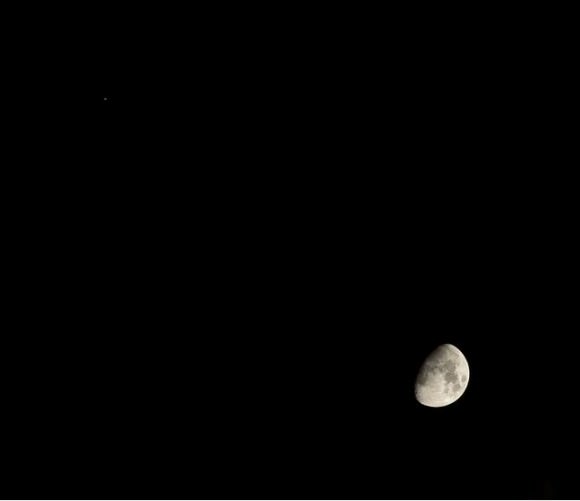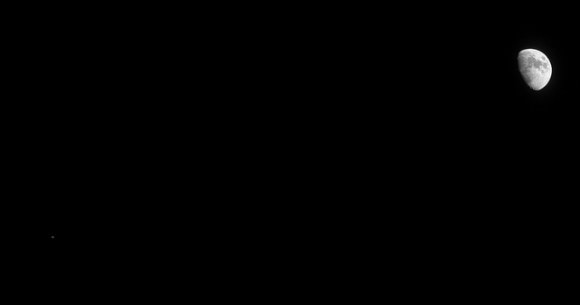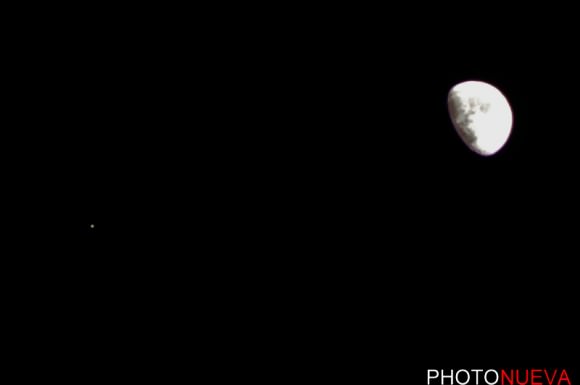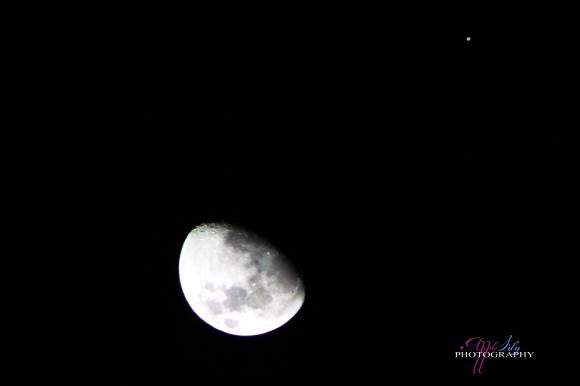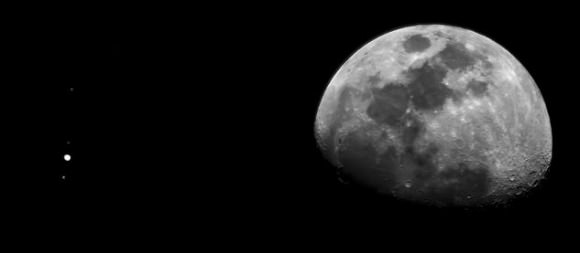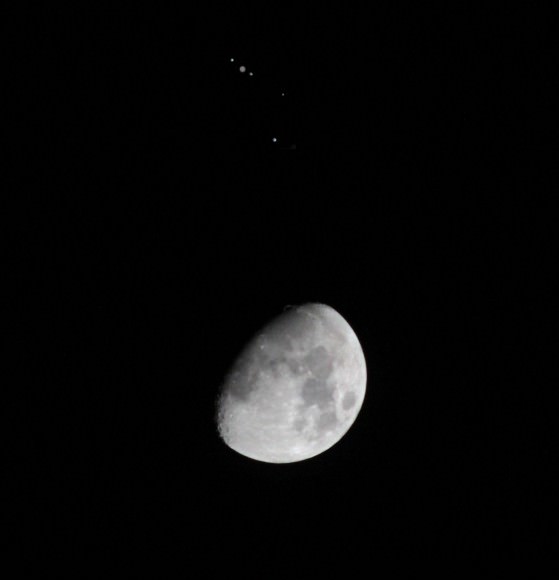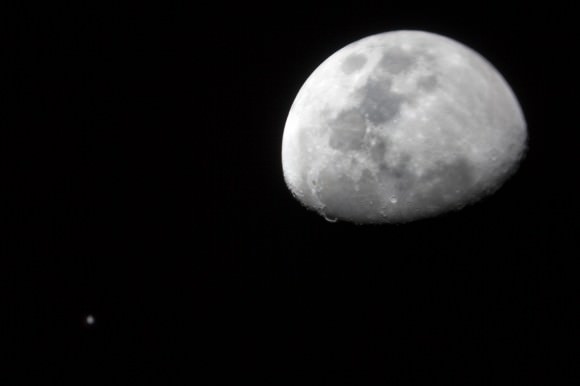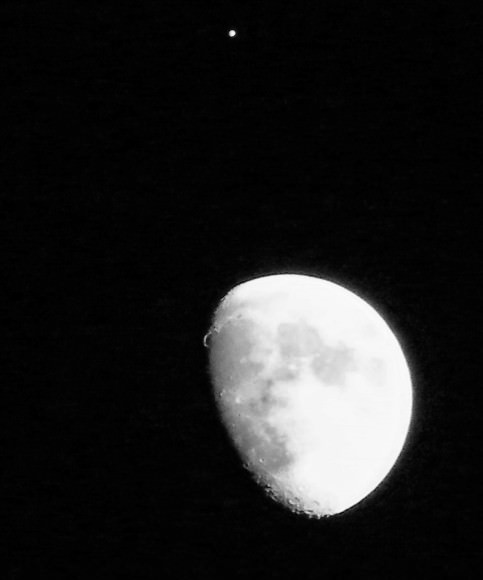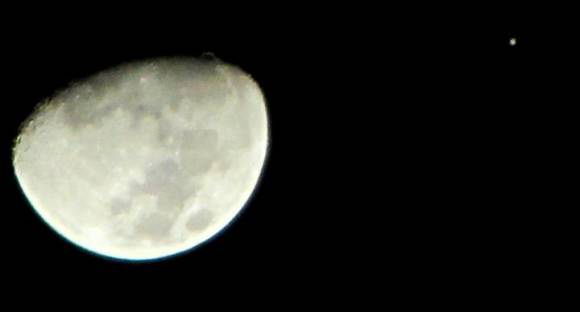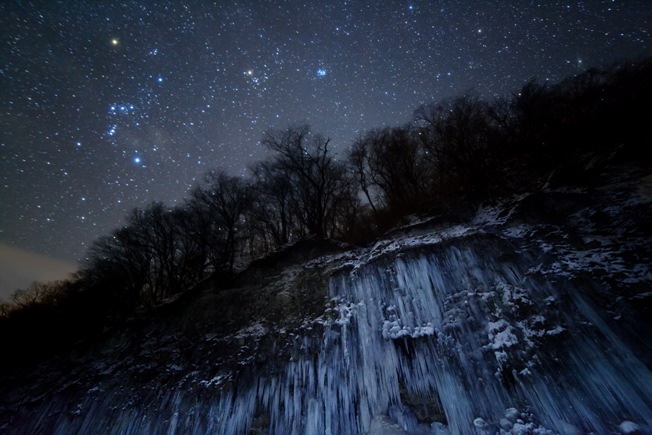I love these ‘Polar Planet Effect‘ images, and this one is awesome. Photographer Martin Stojanovski traveled from Macedonia to Finland during an #AuroraTweetup event in early February 2013 to try and capture the aurora. And he really wanted to try doing one of these “planet” pictures.
“This was one of the photos that I really wanted to create on my aurora trip during #AuroraTweetup and it came together at last,” Martin said via email. “It is really hard to get the final result as the aurora is so dynamic (it changes every second) and also the night sky is difficult for stitching, but the end result came up great. That night Aurora was amazing, and it got really bright and colorful from time to time, as our guide said that night the best of the season.”
In this image the aurora stretches more than 120 degrees from side to side, and a faint glow go higher up towards zenith. It was created from 21 30-second exposures at f-4, 10mm ISO 1600. Image of the whole sky and foreground was taken at the Aurora Camp on Lake Inari in Finland.
He took some other great shots, too, like this one:
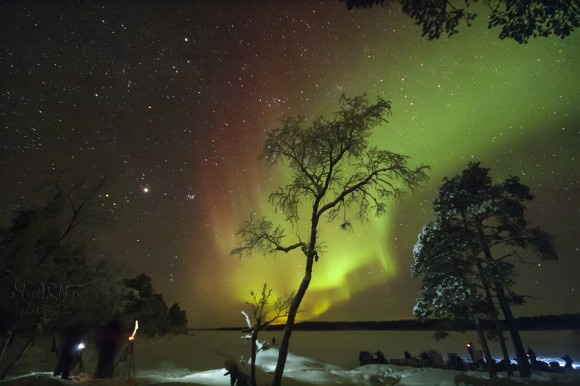
See more images from his trip at his website.
We featured another ‘Polar Planet’ image in our astrophotos of the full Moon yesterday.
Want to get your astrophoto featured on Universe Today? Join our Flickr group or send us your images by email (this means you’re giving us permission to post them). Please explain what’s in the picture, when you took it, the equipment you used, etc.

